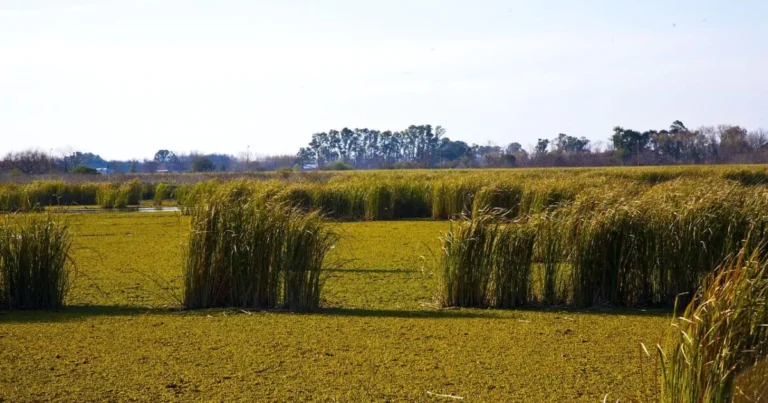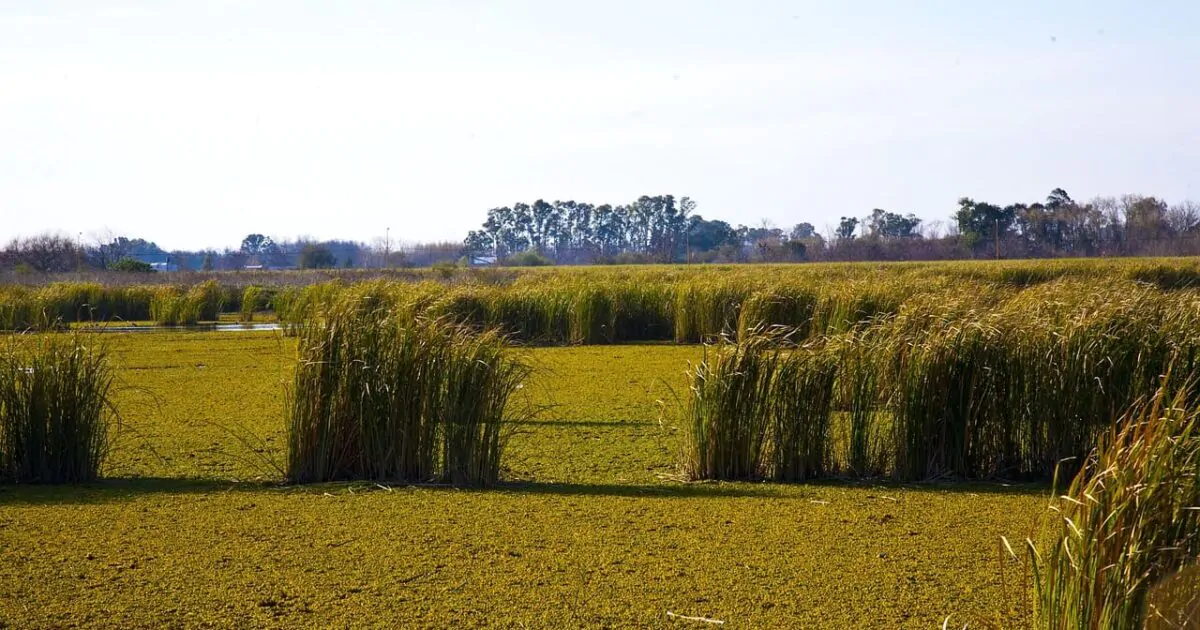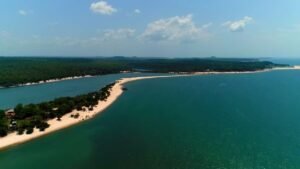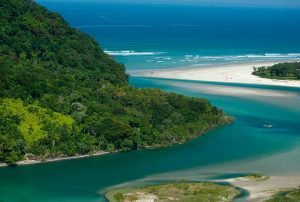The Pampa Biome, a vast expanse of land that extends beyond Brazil, found only in the state of Rio Grande do Sul, is a true treasure for nature lovers and ecotourism enthusiasts. With its unique landscape, characterized by fields, gentle hills, and wide plains, the Pampa offers a one-of-a-kind experience, rich in biodiversity and history. In this article, we will embark on a fascinating journey through 23 curiosities about the Pampa.
Pampa Unveiled: 23 Fascinating Facts to Spark Your Curiosity
1.Definition and Landscape
The Pampa Biome is defined by a landscape of extensive green field areas, marked by fields, gentle hills, and wide plains.
2. Vegetation Composition
Its vegetation consists of grasses, creeping trees, herbaceous plants, bushes, and small trees, denser near watercourses and plateau slopes.
3. Fertile Soil
The soil of the Pampa is generally fertile, especially in areas of terra roxa (red soil), providing a conducive environment for agricultural activities.
4. Characteristic Pastures
The pastures are directly linked to the socioeconomic activities of the region, with highlights on cropping and extensive livestock farming, where cattle graze on native pastures.
5. Flora Diversity
It is estimated that the flora of the Pampas encompasses about 3,000 plant species, including grasses, trees, bushes, and more.
6. Faunal Richness
The Pampa is home to a diverse fauna, with approximately 500 bird species and more than 100 mammal species, some of which are unique to the region.
7. Territorial Extent
Covering about 65% of the territory of Rio Grande do Sul, the Pampa also extends into Uruguay and Argentina.
8. Various Denominations
Known by different names, the Pampa is also referred to as Campos do Sul, Campos Sulinos, or Campanha Gaúcha.
9. International Presence
In addition to Brazil, the biome extends into Uruguay and Argentina.
10. Extent in National Territory
In Brazil, it occupies 178,243 km², representing 2.07% of the national territory.
11. Origin of the Name
The word “Pampa” originates from the Quechua term, meaning “flat region,” although the biome’s landscape also includes hills and mountains.
12. Cold Subtropical Climate
The pampas have a cold subtropical climate, with average annual temperatures of 19°C and four well-defined seasons.
13. Gently Undulating Terrain
The terrain of the Pampa is gently undulating, with hills, ideal for animal rearing, predominating grasses and herbs suitable for this environment.
14. Historical Battle Scenarios
During the Paraguayan War (1865-1870), the Pampa was the scene of significant battles involving Paraguay, Brazil, Argentina, and Uruguay.
15. Largest Lagoon in Brazil
The Patos Lagoon in the Pampa is the largest lagoon in Brazil and the second largest in Latin America, with an impressive length of 265 km.
16. Representation in Conservation Units
The Pampa has the lowest representation in the National System of Conservation Units (SNUC), with only 0.36% of the territory converted into a conservation area.
17. Rural Occupation
About 50% of the Pampa region is occupied by rural areas, mainly cattle farms.
18. Denomination of the Inhabitants
The inhabitants of the Pampa are commonly called gaúchos, a term that, according to Wikipedia, means “brave, noble, generous.”
19. Meaning of the Term Pampa
The word “Pampa” comes from the Quechua “pampa,” meaning “plain,” although the region presents a variety of landscapes.
20. Main Rivers
The Uruguay, Santa Maria, da Prata, Jacuí, Ibicuí, and Vacacaí rivers make up the two river basins present in the Pampa.
21. Native Fruits
Among the native species, butiá, feijoa, and pitanga stand out.
22. Threats to the Biome
Monocultures and the introduction of exotic trees, such as eucalyptus, are threats to the Pampa, naturally marked by grassland vegetation.
23. Deforestation and Agriculture
Agriculture is pointed out as the main cause of deforestation in the Pampa, according to MapBiomas and Embrapa ( Empresa Brasileira de Pesquisa Agropecuária – Brazilian Agricultural Research Company)
Explore also the curiosities of other biomes present in Brazil:








